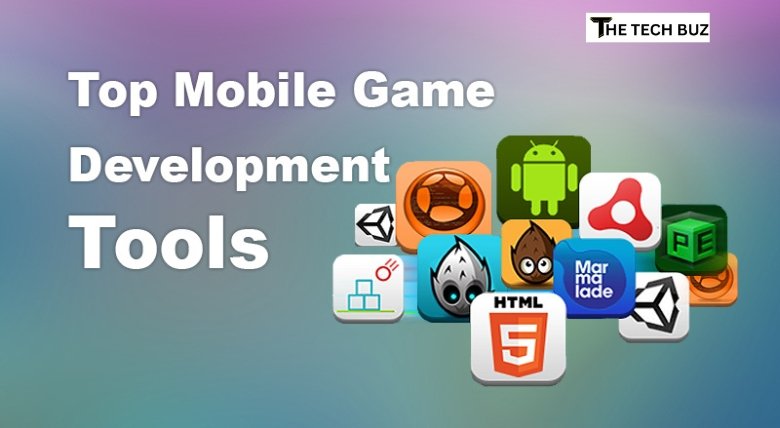Introduction
The gaming industry is no longer a niche arena for a certain age group or consumer segment. With the advent of mobile gaming and improvements to the hardware used in playing these games, gaming has become a viable form of entertainment for players from all backgrounds and ages.
The improvements to hardware such as sound cards, graphics, and faster processors have meant a related growth and development of the gaming industry as well.
In this article, we look at
1) the history of the gaming industry
2) the types of gaming
3) the value chain
4) the economics of the gaming industry
5) the competitive rivalry in the gaming industry
6) the outlook in 2015

HISTORY OF THE GAMING INDUSTRY
The gaming industry has undergone a substantial evolution since the 1970s and has moved from a fringe activity into the mainstream. In 1971, the arcade game Computer Space was released and was followed up by Atari Inc.’s first commercially successful video game, Pong. Games entered the home formally with the release of an early gaming console called the Magnavox Odyssey.
The industry saw another crash in 1983, down from a successful period in the early 1980s. 1982 saw the peak of the industry with a revenue of $8 billion which overtook the annual revenues of pop music and Hollywood films combined. The crash was brought about in North America because of too many substandard games.
TYPES OF GAMING
Over the years, video gaming has evolved to include several different mediums. Evolution has led to consoles becoming more sophisticated over the decades, PC games becoming multiplayer and more complex, and an entire ecosystem of mobile games. Let’s look at what these all mean.
PC Gaming
PC games or personal computer games are played on a computer through keyboards, a mouse, a joystick, or a gamepad. These games are characterized by a lack of a central controlling authority and a greater capacity for input, processing, and output. PC games lost the market to consoles briefly in the mid-90s but resurfaced in the mid-2000s thanks to digital distribution. Games can be played locally or online.
Console Gaming
A device that is used to play games is called a video game console. The console outputs a video image that displays the game. Consoles include those used to play games at home, handheld consoles, micro consoles, and dedicated consoles.
Mobile Gaming
A video game that is played using a mobile device such as a smartphone, a tablet, or even a calculator or a smartwatch is known as a mobile game. “Tetris was the very first mobile game, appearing on the Hagenuk MT-2000 device in 1994, followed by Nokia’s Snake in 1997. Currently, people download mobile games onto smartphones or tablets using an app store, or they come embedded in the device when purchased. Players can enjoy games either on the device or over the cloud.”

VALUE CHAIN
Video game development has its value chain. This chain determines the final price of the game as it reaches the consumer.
Investment
Investments in this industry are growing as the industry itself is a popular one. Investment may come from the platform that will feature the game or a large publishing organization. Independent developers may also choose to fund their games. The major challenge at this stage is to prevent copyright infringement and piracy.
Design and Creative
This is where the game is developed creatively by artists, designers, and developers. The game is taken from a basic concept to a project plan. Documents and guidelines are created at this point to support game development. These include treatment documents to clarify the purpose of the game, gameplay, story, character descriptions, and concept art.
Production and Tools
This is the hardware and software to be used during the actual production of the game. Production tools may include those for modeling and graphic manipulation. Bigger setups may own their gaming engine while smaller ones may use middleware that is licensed.
Publisher/Distribution
Here, the game publisher will work on marketing tools and catalogs to get the game into the market and ensure a return on investment.
Hardware
This part of the value chain involves the game hardware providers. These companies may be across various platforms since most games developed these days can be accessed similarly. Some of these companies may pay extra or make special deals to launch a game across their platform initially and exclusively for a limited period. The largest of these companies are Microsoft, Apple, Sony and Nintendo.
End User
A key part of the value chain is the end user or the gamer. Most of these are men of all ages but women also make up a significant part of the market, especially with the advent of mobile and online gaming.
THE ECONOMICS OF THE GAMING INDUSTRY
To understand competition in the industry, it is important to understand the economics of it. The more profitable the industry is, the more the need to gain a chunk of the pie.
Before technology developed into what it is now. Developing video games cost relatively less and therefore, there was a great margin for profit. Often the games were developed by a single programmer or a small team and took a few months to prepare. This led to several releases every year.

COMPETITIVE RIVALRY IN THE GAMING INDUSTRY
Given this immense revenue potential, it is no wonder that the gaming industry remains extremely competitive. The industry is growing and the potential for success remains immense. Yet, companies within the industry are under a constant state of stress.
Difficulty in Predicting Futures
People have often observed that experts’ predictions in this industry turn out completely wrong over time. As an example, in 2006 Michael Pachter of Wedbush Morgan Securities, an expertise firm said, “I think the PC gaming market will cease to grow, while sales of console games will increase by 50%. He had support in this opinion from the like of Bill Gates and the facts at that time which included the faltering popularity of MMOs or Massively Multiplayer Online Games.
Operating in Uncertainty
Publishers and developers in the industry have learned to operate with uncertainty. Given consumer expectations. Reducing development costs drastically is not feasible, and investing in new technology diminishes any productivity gained from old technologies Gaming Industry.
Job Prospects in the Gaming Industry
If you are interested in the gaming industry, you can fit into this value chain through several possible avenues, such as those discussed below.
- Composer – As games become more complex and detailed, music composers can play a great role in bringing the game to life much life films or television shows.
- Developer – This is the most obvious and key role in the industry. An Android-based console, Ouya is a great tool for creating games and is free to use.
- Marketing – As an immense number of games flood the gaming arena every year, marketing these games becomes a key role for the industry.
- Journalist – There are game journalists who may run blogs or write for different publications and online communities.
- Voice Actor – Another job that usually comes to mind only for film and television is voice acting. There is a great opportunity for this type of work in the gaming industry.

OUTLOOK IN 2015
SuperData is a research firm that tracks and analyzes digital sales of video games. CEO Joost van Dreunen’s top trends for the industry for 2015 include:
Virtual Reality
Facebook acquired the company that created a virtual reality device for $2 billion with the hope of turning this device into a mainstream product.
Twitch
Amazon is also getting deeper into the industry by acquiring Twitch for $970 million. As the largest retailer of video games. Amazon will be able to use this platform to connect consumers with relevant content and products and will have access to the perfect audience for advertising and pushing sales.
Esports
The extremely popular game League of Legends with 80 million players per month. Had a recent world championship in South Korea with 40,000 attendees and 32 million online views. This could be a potential platform for advertisers and a possible dedicated cable channel.
Mobile Gaming
Big publishers will continue to try to capitalize on this by buying talent and intellectual property rights from smaller studios and developers.
More Women in the Industry
There is finally an expectation that the industry will begin to take female gamers seriously as an audience. The Entertainment Software Association undertook a study that reports an estimated 48 percent of all US gamers to be women, outnumbering teenage boys.






